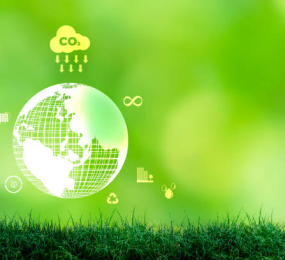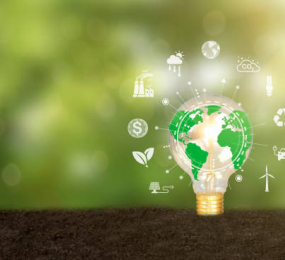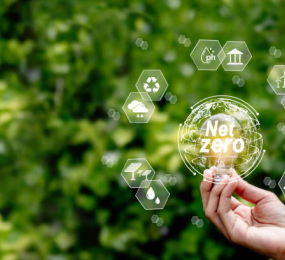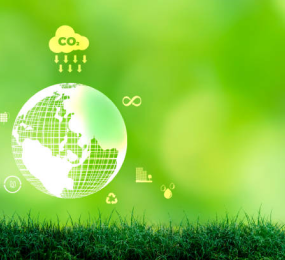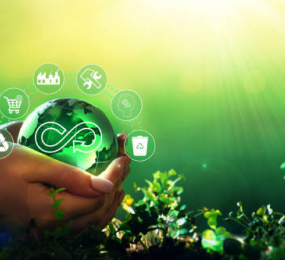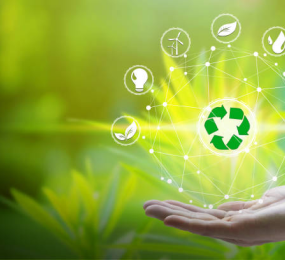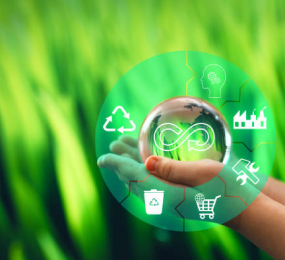Power-to-X (PtX) technologies, encompassing Power-to-Gas (PtG) and Power-to-Liquid (PtL), are emerging as critical solutions for storing and utilizing renewable energy sources like wind and solar power. These technologies offer a pathway to decarbonize various sectors, including transportation, industry, and heating, by converting excess electricity into valuable energy carriers.
Power-to-Gas (PtG):
- Electrolysis: The cornerstone of PtG is electrolysis, which uses electricity to split water into hydrogen and oxygen.
- Advancements: Recent advancements in electrolyzer technology include:
- High-temperature electrolysis: Operating at higher temperatures improves efficiency and reduces energy consumption.
- Solid oxide electrolysis cells (SOECs): These offer higher efficiency and the potential for co-electrolysis, producing hydrogen and syngas simultaneously.
- Polymer electrolyte membrane (PEM) electrolyzers: These are becoming increasingly efficient and compact, suitable for smaller-scale applications.
- Advancements: Recent advancements in electrolyzer technology include:
- Hydrogen Storage:
- Underground storage: Storing hydrogen in geological formations like salt caverns offers large-scale storage capacity.
- Chemical storage: Converting hydrogen into other energy carriers, such as methane or ammonia, provides convenient and safe storage options.
Power-to-Liquid (PtL):
- Synthetic Fuels: PtL technologies convert electricity and captured CO2 into synthetic fuels, such as methanol, gasoline, and diesel.
- Fischer-Tropsch synthesis: This well-established process converts syngas (a mixture of hydrogen and carbon monoxide) into a range of hydrocarbon fuels.
- Methanol synthesis: This process produces methanol, a versatile fuel that can be used directly or as a feedstock for other chemicals.
- Catalyst Development:
- Researchers are developing more efficient and selective catalysts to improve the conversion efficiency and reduce the cost of PtL processes.
Integrated Energy Systems:
- Sector Coupling: Integrating PtX technologies with other energy systems, such as electricity grids, heating networks, and transportation infrastructure, is crucial for maximizing their impact.
- Smart Grids: Smart grids enable the efficient integration of variable renewable energy sources and facilitate the optimal operation of PtX systems.
Challenges and Opportunities:
- Cost-effectiveness: Reducing the cost of PtX technologies, particularly electrolyzers, is essential for widespread adoption.
- Scalability: Scaling up PtX technologies to meet the growing demand for renewable energy storage and decarbonization is a major challenge.
- Policy Support: Government policies and incentives are crucial to accelerate the deployment of PtX technologies.
Conclusion:
Advances in PtG and PtL technologies are paving the way for a more sustainable and decarbonized energy future. By harnessing the power of renewable energy and leveraging cutting-edge technologies, we can create a cleaner, more resilient energy system for generations to come.
Register today and join us: https://bit.ly/3X2KtTE.
For more information and group participation, contact us: [email protected]





